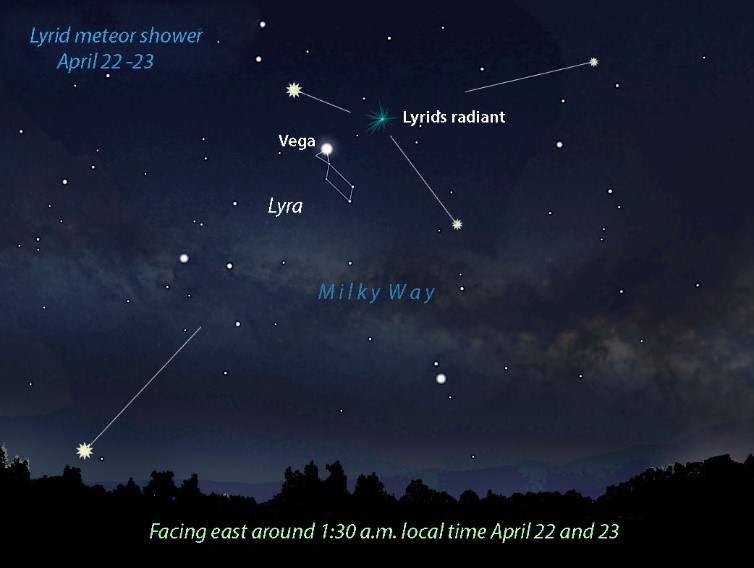





Disclaimer: Copyright infringement not intended.
Context
Details
Where do the meteors come from?
|
PRACTICE QUESTION (BASIC) Q. Which of the following statements are correct? a) A comet is an icy, small Solar System body that warms and begins to release gases when passing close to the Sun, a process called outgassing. b) A Meteorite is a relatively small chunk of rocky minerals that orbits the Sun, often described as a minor planet. 1) Only a 2) Only b 3) Both a and b 4) Neither a nor b Answer: 1 |









© 2026 iasgyan. All right reserved